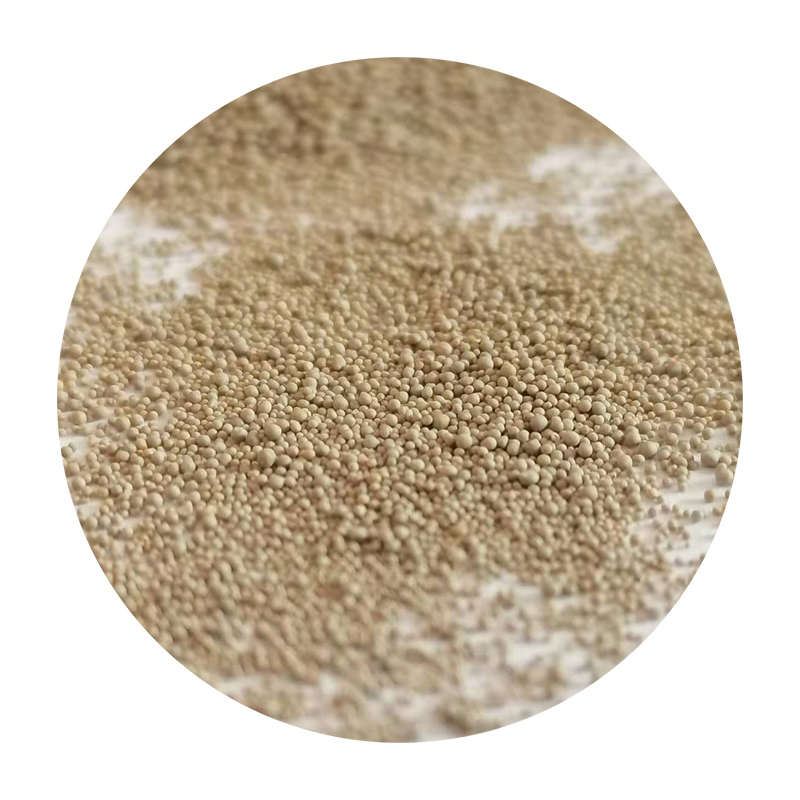The Importance of Sanding in 3D Printing
In recent years, 3D printing has transformed the manufacturing landscape, making it accessible to hobbyists, engineers, and industries alike. As more people experiment with this technology, it becomes essential to understand not only how to create objects but also how to finish them properly. One crucial aspect of post-processing 3D prints is sanding, a technique that can dramatically enhance the surface quality of printed parts.
Understanding the Basics of 3D Printing
Before delving into the importance of sanding, it's important to understand what 3D printing entails. This innovative process creates objects layer by layer, often using materials like plastic, resin, or metal. While 3D printers can create complex geometries and designs, the output often has visible layer lines and surface imperfections. This is where sanding comes in as a valuable post-processing technique.
Why Sanding is Important
1. Improving Surface Finish One of the primary reasons for sanding 3D prints is to achieve a smooth surface finish. The layer-by-layer construction of 3D printing can result in rough textures and visible lines. Sanding helps to eliminate these imperfections, resulting in a polished appearance suitable for presentation or functional use.
2. Enhancing Adhesion for Painting If you plan to paint or apply a finish to your 3D printed object, sanding is crucial. A smooth surface allows for better paint adhesion, ensuring a more uniform and durable coating. Additionally, sanding can help to prepare the surface for priming, allowing for even better results.
3. Fitting Parts Together In some cases, 3D printed parts must fit together perfectly for assembly. Sanding can help adjust the dimensions of parts to achieve tight tolerances, making it easier to achieve an organized and cohesive final product. This is particularly important in mechanical applications where precise movements are required.
4. Material-Specific Benefits Different materials respond uniquely to sanding. For instance, PLA, a common 3D printing filament, can be smoothed effectively with sanding, whereas other materials like ABS may require additional techniques such as vapor smoothing. Understanding the nuances of your chosen material will help you apply the most effective sanding techniques.
sanding for 3d printing

Techniques for Sanding 3D Prints
To achieve the best results when sanding your 3D printed objects, consider the following techniques
1. Start with Coarser Grit Begin sanding with a coarser grit paper (around 100-200 grit) to remove the more prominent layer lines and imperfections.
2. Progress to Finer Grit Gradually move to finer grit sandpaper (up to 600 grit or higher) to achieve a smoother finish. Each pass with a finer grit removes the scratch marks left by the previous coarser grit.
3. Wet Sanding For certain materials, wet sanding can be particularly effective. This involves using water or a lubricant while sanding to reduce dust and improve the smoothness. Wet sanding is beneficial for achieving a glossy finish, especially on prints made from materials like resin.
4. Use of a Sander For larger or more complex prints, consider using a power sander, but be cautious. It’s easy to remove too much material quickly, so a gentle touch is essential.
5. Dust Removal After sanding, be sure to remove all dust particles. A simple rinse with water or a brush can help ensure that no debris interferes with any subsequent finishing processes.
Conclusion
In conclusion, sanding is a vital technique in the post-processing of 3D printed parts. By improving surface finishes, enhancing paint adhesion, and enabling better part fit, sanding provides the finishing touches that elevate 3D prints from simple objects to professionally finished products. With thoughtful application of sanding techniques, anyone can significantly improve the quality and functionality of their 3D printed creations. Whether you're a hobbyist or a professional, investing time in sanding will undoubtedly pay off in the final results of your projects.
Post time:dec . 20, 2024 22:22
Next:resin coated sand process
